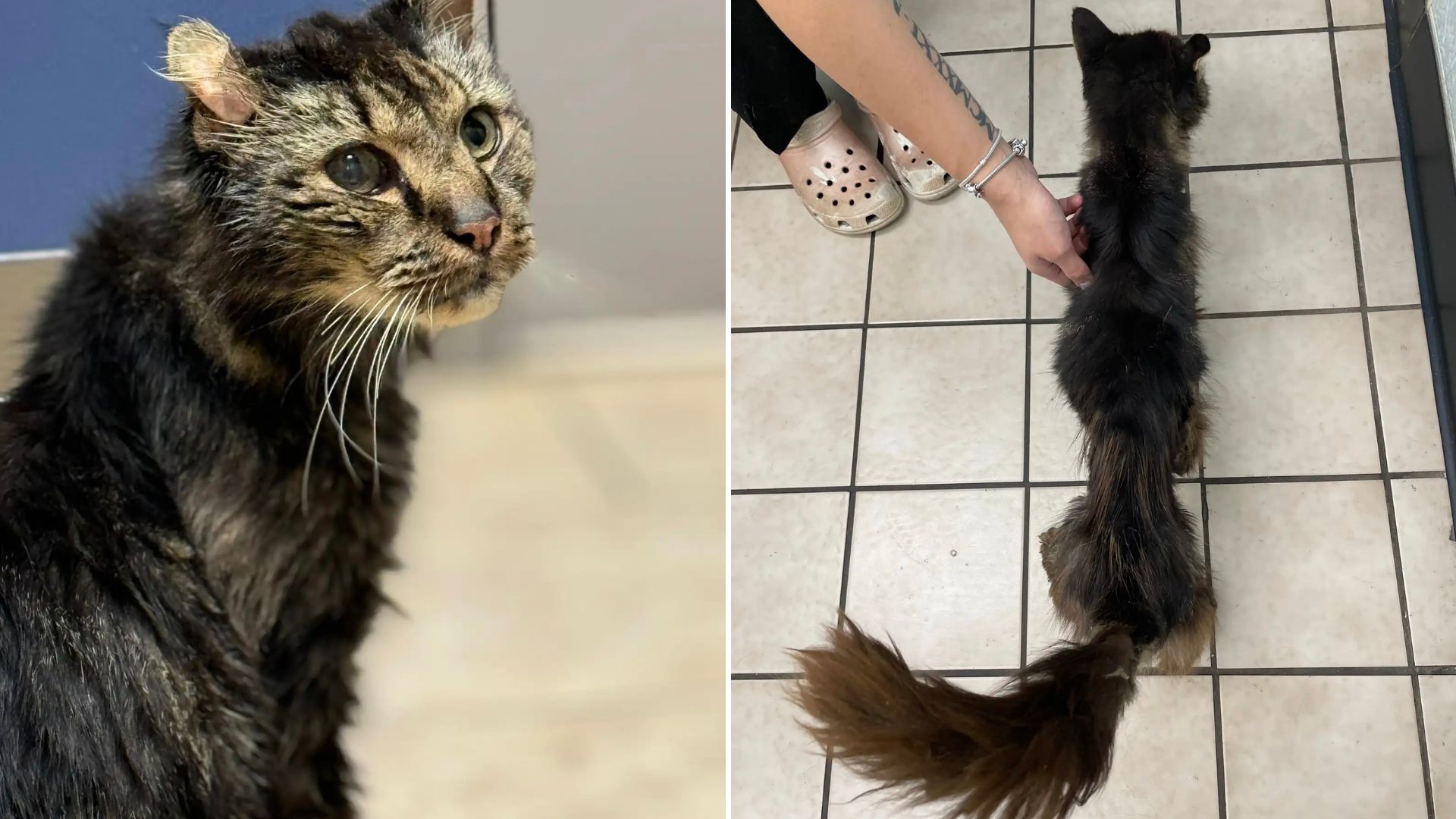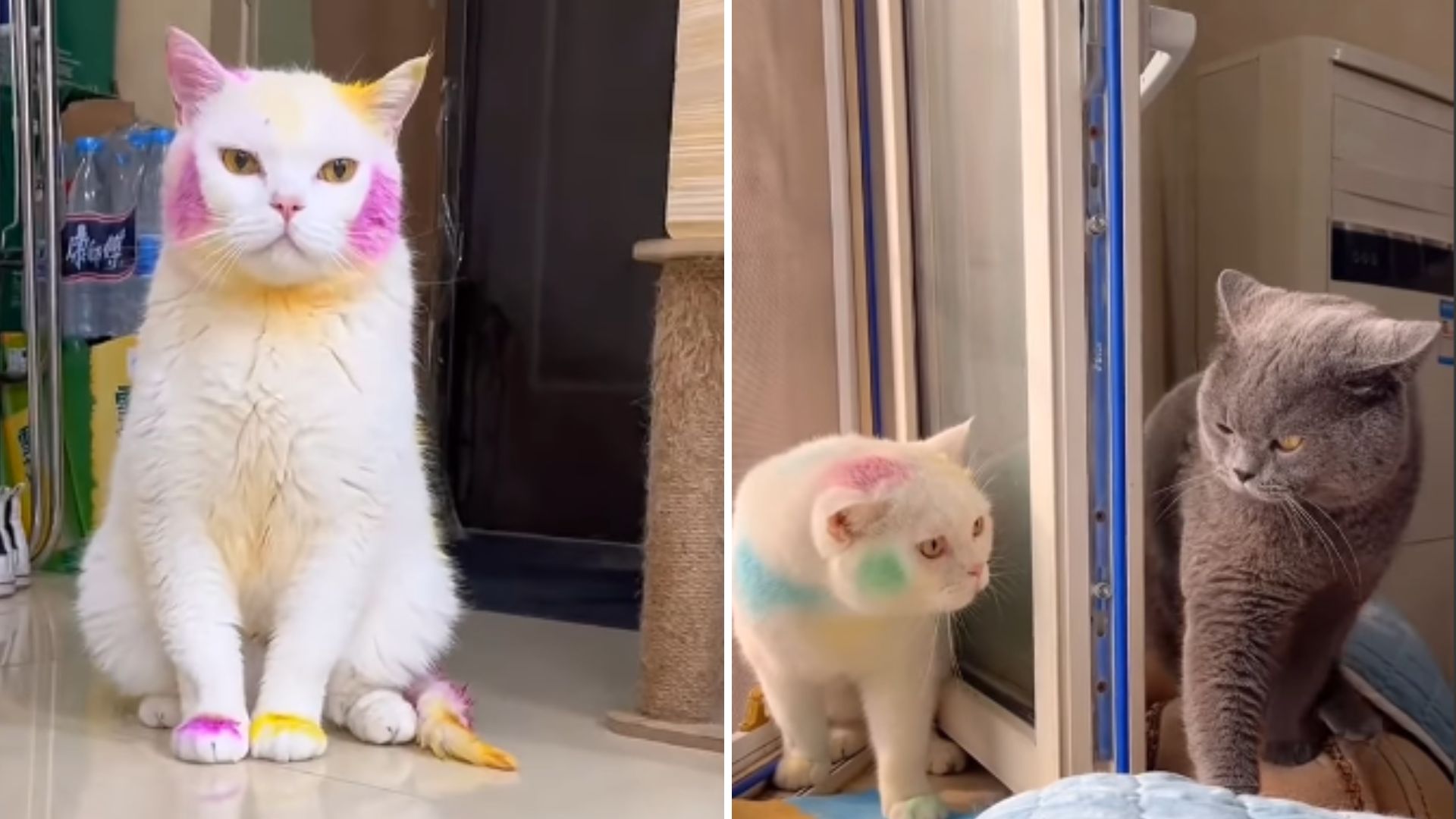Until now, every time we think of the seabed, we imagine a dark, cold place and only strange creatures live.
That’s not wrong, but not all. The following 8 sea creatures are the clearest proof of that.
1. Hump fish
Humpback fish love cold water, so they are commonly found in the North Atlantic, North Pacific and Arctic. With a fairly modest size (the longest is less than 17cm), the main food of this fish is small crustaceans on the sea floor.
The special thing about these guys is the suction part on the abdomen that helps them cling to the rocks on the seabed. Realizing this feature, some marine institutes have released more balloons into the tank, letting them hang on to increase the attraction for tourists.
They don’t seem to care if it’s familiar rocks or not, but cling to here a lot – hence people also call them by a very lovely name – balloon fish.

2. Dumbo Octopus
Living in water 7,000m below sea level, this is one of the deepest water animals ever discovered.
Most of them are only about 20cm in size, which means they are quite small creatures. But don’t underestimate them, Dumbo are actually great predators.
They eat crustaceans, molluscs … on the seabed and often swallow their prey in a split second.
Some species of octopus have ink sacs to spray on enemies and then flee, but Dumbo octopuses do not. The reason is very simple, they already live in a place that is as dark as ink all year round, so why do they need that defense?

3. Dagger fish
Daggerfish are found in abundance in the Western Atlantic Ocean, especially in areas with dense tree, coral and reef density. The reason is because they are quite shy and tend to hide in these areas.
In places where dagger fish are displayed, tanks must have their own shelter. The only thing that pulls them out is food – black worms and shrimp.

4. Parrot fish
In addition to their lovely appearance, parrot fish are animals with a particularly interesting life. Male fish can be polygamous and have their own “harem”.
And if this male dies, a female will… change gender and become the heir to all the other concubines.

Although there are countless colors and different sizes, all parrot fish have one thing in common: a parrot-like beak made up of teeth and a slightly protruding jaw – also known as “clawed” by folk. This feature helps them scrape off the algae that is attached to the rocks or the soft part of the coral.
5. Rabbit Slug (Acanthodoris Pilosa)
With a gentle and cute appearance that makes it hard to breathe, rabbit slugs make many people just want to catch and raise them immediately.
Because the life cycle of rabbit slugs is very short, only a few weeks to a year, any chance of meeting “the other half” is extremely valuable. The other two “rabbit ears” are treasured radars that help them find food and a mate.
While their modest size and inherent slowness make them always threatened by other animals, it turns out that rabbit slugs are not easily bullied. Like many of their sea slug brothers, they have a weapon of extremely powerful toxins.

6. Green sheep slug (Costasiella Kuroshimae)
Tiny bright eyes, eye-catching blue, and tiny tentacles… all make the green sheep slug look like it came out of a cartoon. They are very small, only about 5mm long. People have seen them in Japan, Indonesia or the Philippines…

Currently, this species of slug is a favorite research topic of many scientists. Their attraction is nothing but the ability to photosynthesize – something that only trees can do.
Their food is seaweed, but this is not the main source of nutrients to nourish the body. Slugs only eat algae to get chlorophyll and put it into their cells.
Thanks to the chlorophyll of algae, they carry out photosynthesis to synthesize stored substances, and that is the source of nutrients to nourish the body.

7. Vegetable slug (Elysia Chlorotica)
The “genius” of photosynthesis of green sheep slugs is unique, but not unique. In addition to the vast ocean, there is still another type of slug that can do this, which is Elysia Chlorotica – or vegetable slug.

This species is usually pale green, but can turn red or, more rarely, gray… They are quite small, with the whole body being only about 45mm long.
8. Bubble slug (Hydatina physis)
The funnyness of this slug comes from the shape of their round shell. Despite its reputation for protection, this shell is quite fragile and does not have enough room to fully contain the slug’s body.
Researchers of this species think that this is just a remnant that has not been completely lost after evolution and now the shell has almost no function.

Bubble slugs are quite easy to live and are found a lot in the Eastern Pacific and Atlantic Oceans, the Red Sea… They like to hide in the sand to live and find small worms to eat.
Perhaps this is also the way the bubble slugs defend themselves. Therefore, photographers usually only catch them at night.





